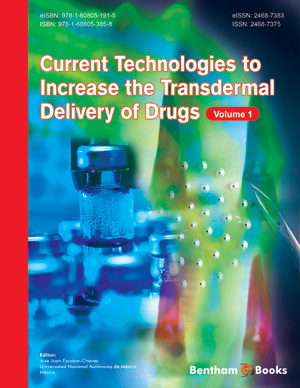Abstract
Herbal drugs have been utilized for a large number of years in the east and ongoing popularity among customers on the planet. These days, 80% of the total populace use pharmaceuticals, which are obtained from plants. Around the world, such drugs make up a 25% of the pharmaceutical armory. SEDDS has a potential for enhancing the bioavailability of inadequately ingested plant parts/actives. Both the crude herb and the extract consist of confounded blends of natural synthetics, which may incorporate unsaturated fats, sterols, alkaloids, flavonoids, glycosides, saponins, tannins and terpenes. Be that as it may, a large portion of herbal constituents are poorly water-soluble and have lipophilic features and reduce distribution, prompting diminished bioavailability and subsequently diminished treatment efficiency, thus requiring repetitive administration or enlarged dose. A variety of herbal drugs and conventional pharmaceuticals being exploited for the formulation of SMEDDS are either extracts or consist of volatile and fixed oils such as zedoary turmeric oil, quercetin, kaempferia parviflora, silymarin, baicalein, hesperidin, curcumin, vinpocetine, nobiletin, oridonin, apigenin, berberine, puerarin and so on which have been discussed here in brief. The nanosized NDDS of herbal drugs has a potential future for upgrading the action and defeating issues related to herbal drugs. This chapter highlights the preformulation study and various phytoconstituents used for the development of SEFs.
Keywords: Bioavailability, Herbal SEFs, Phytoconstituents, Silybin SMEDDS, Vinpocetine, Zedoary turmeric oil.






















